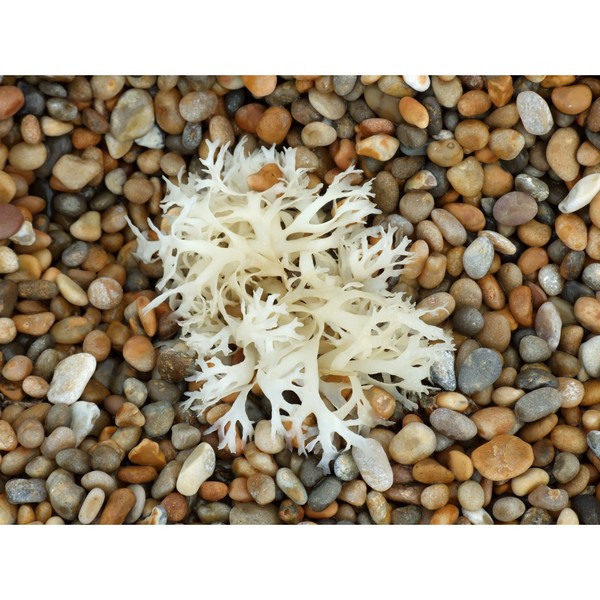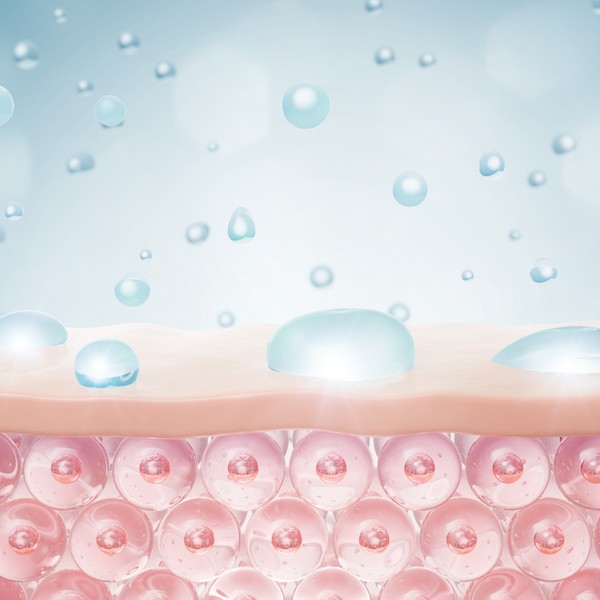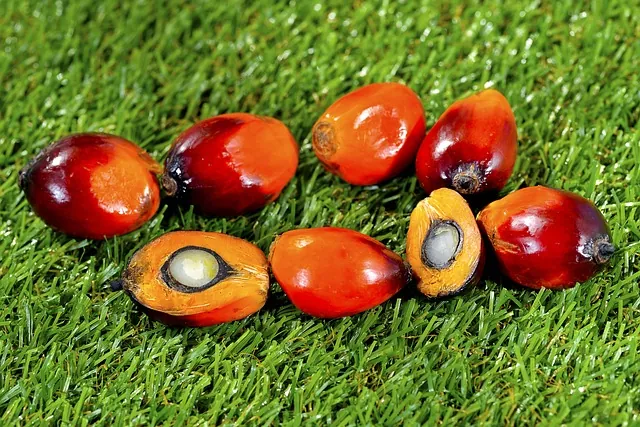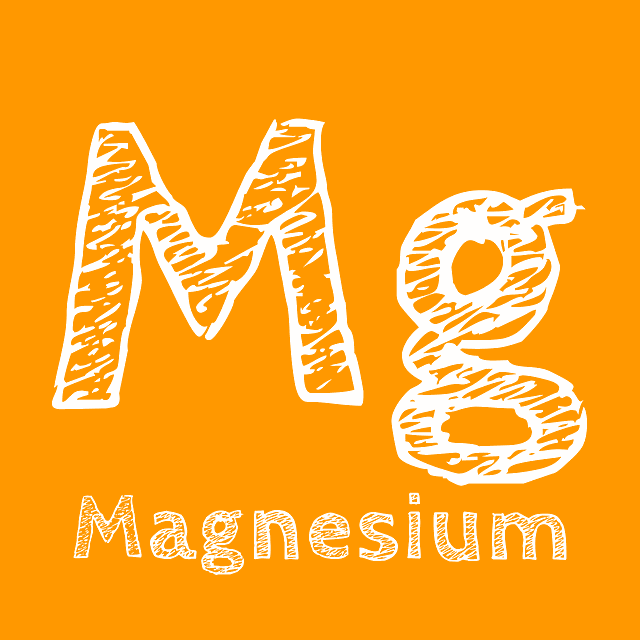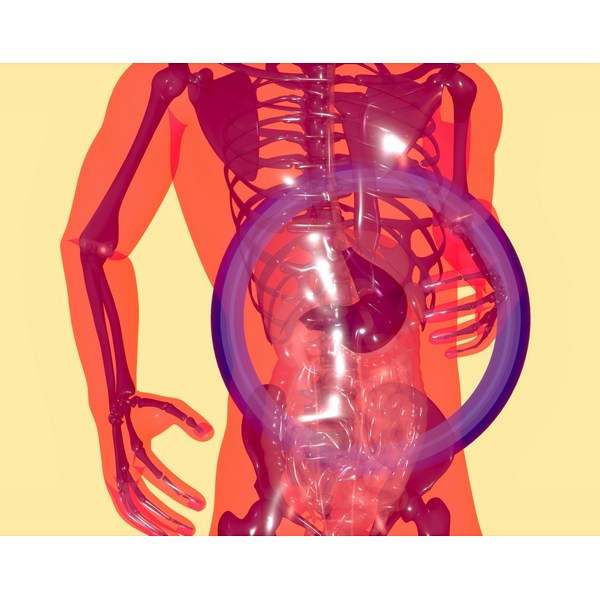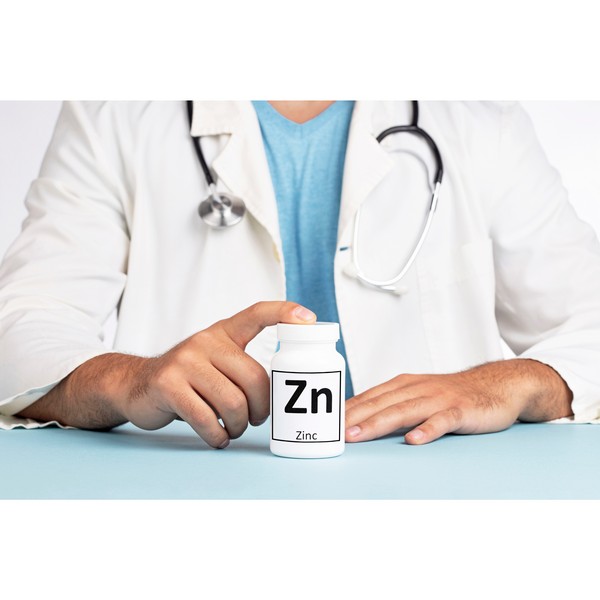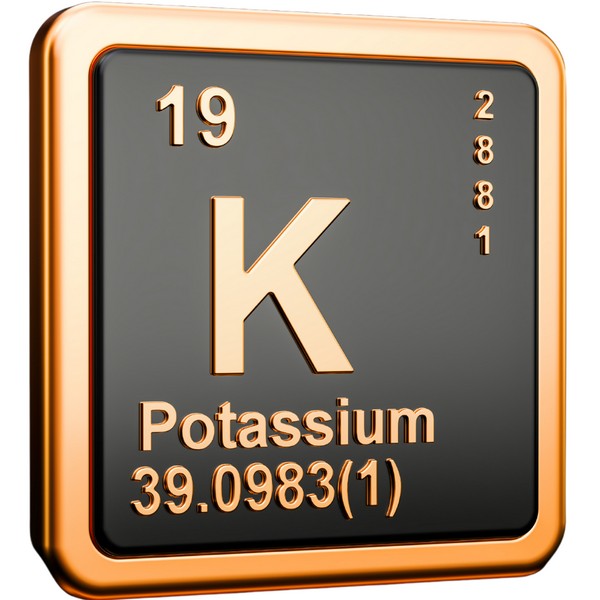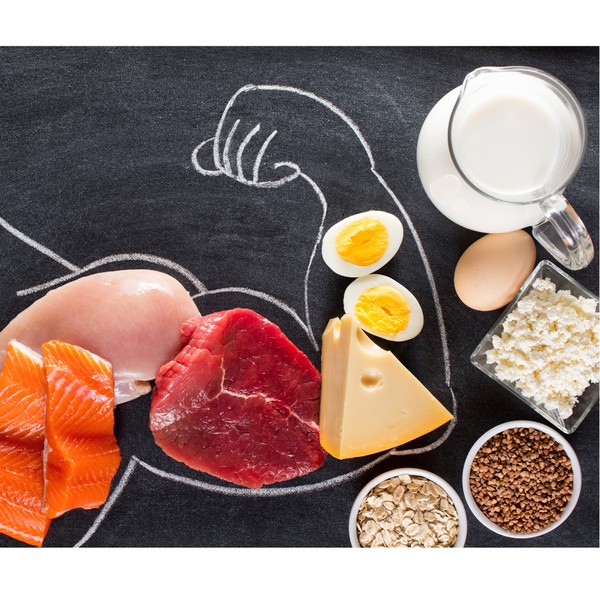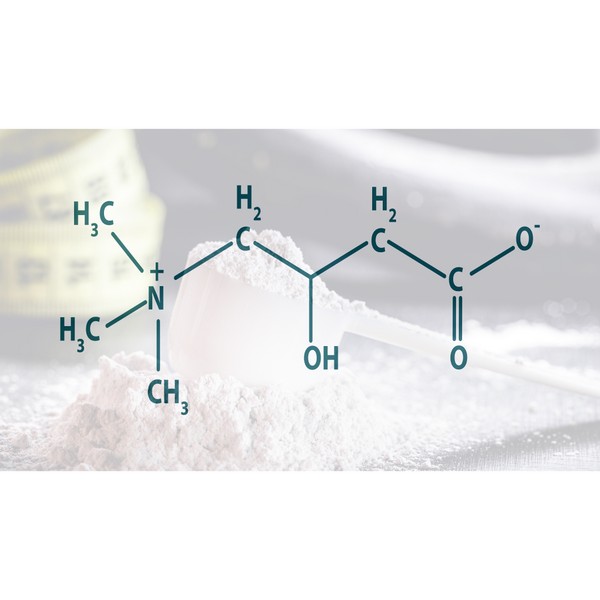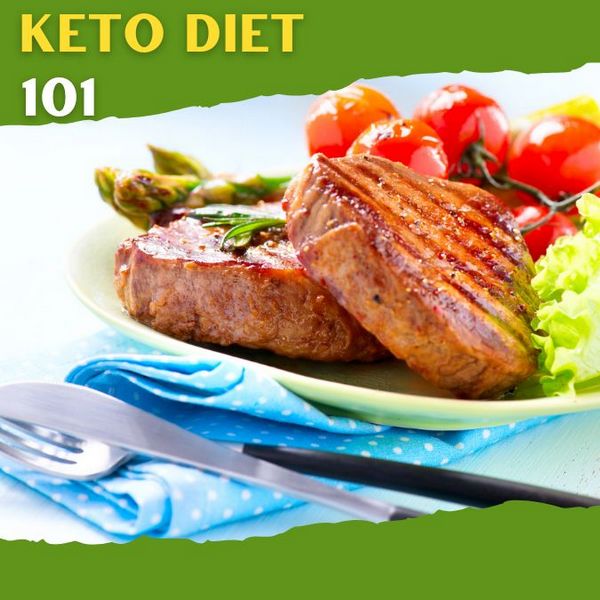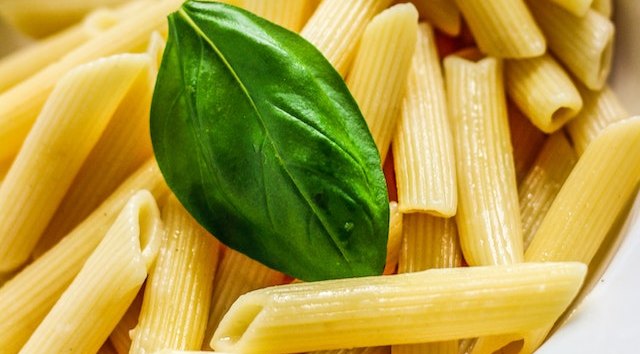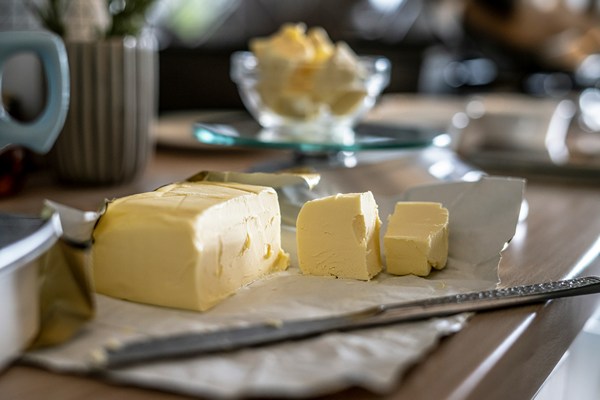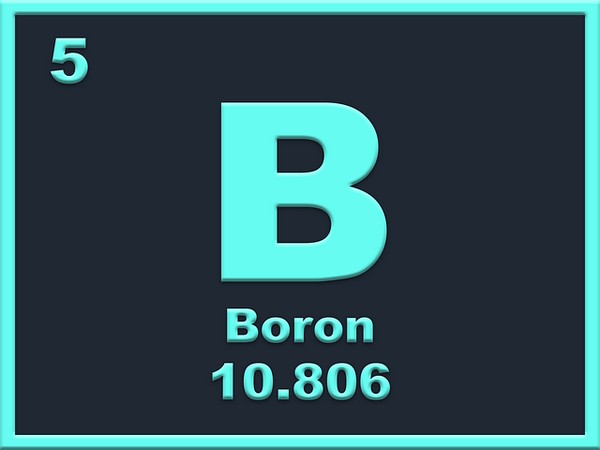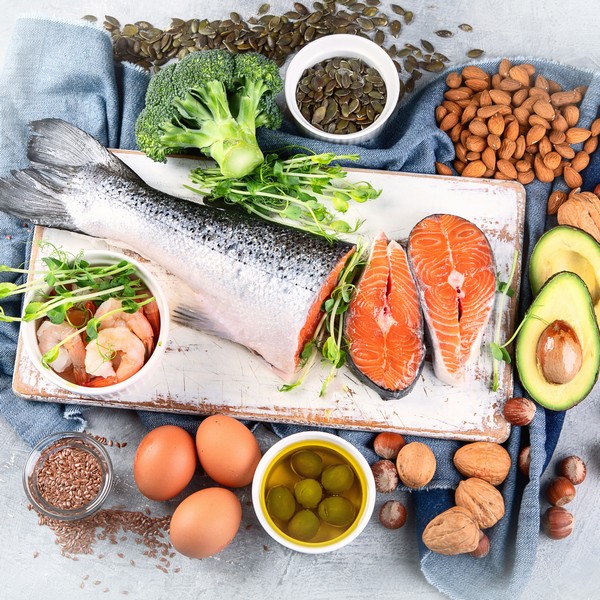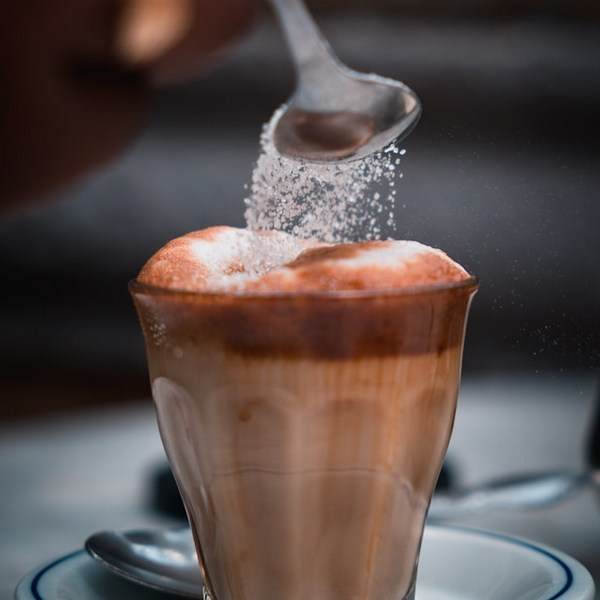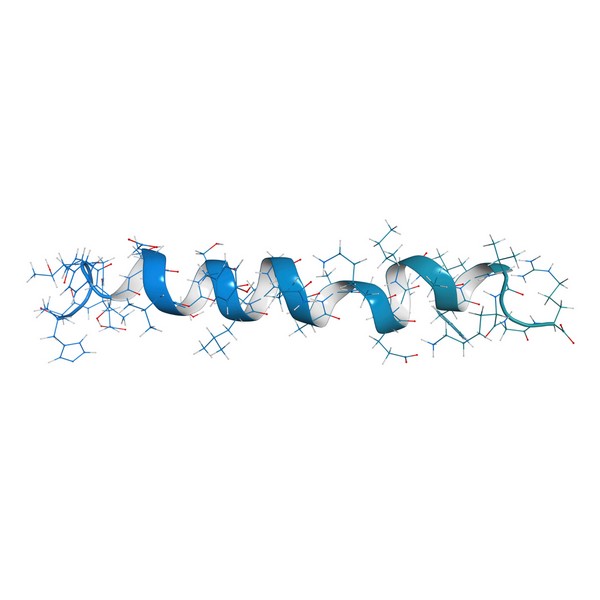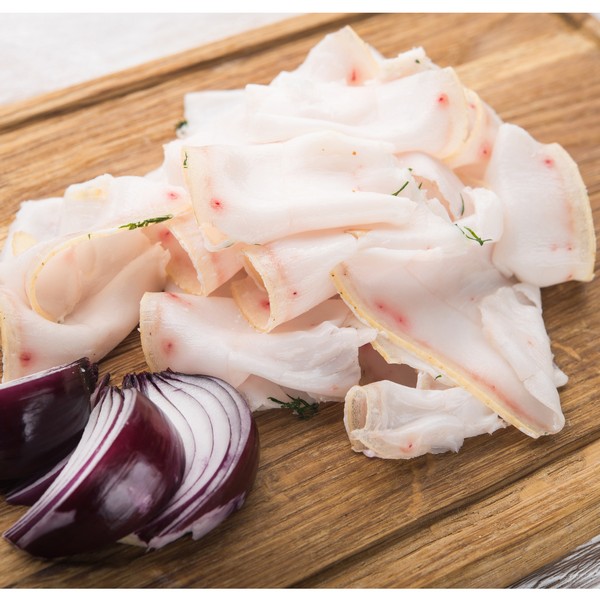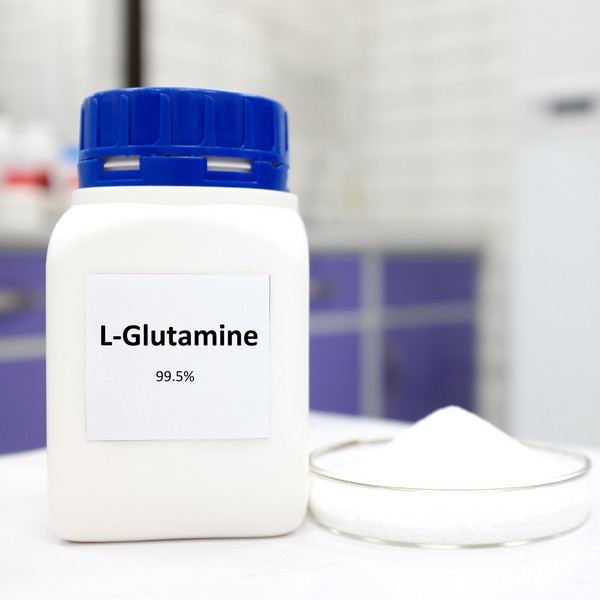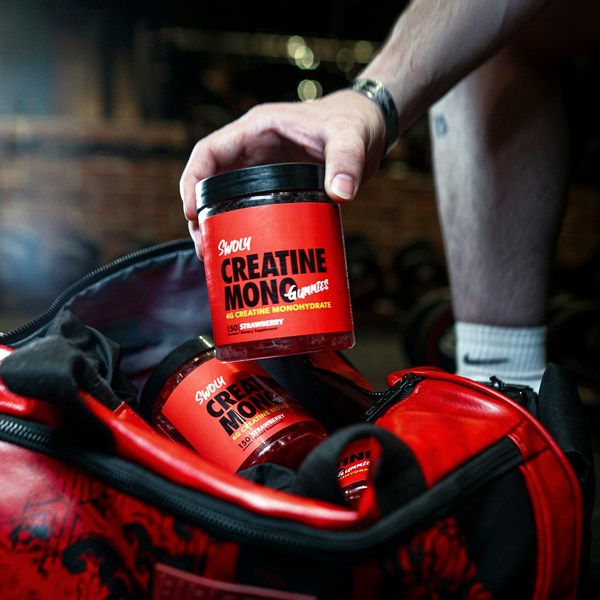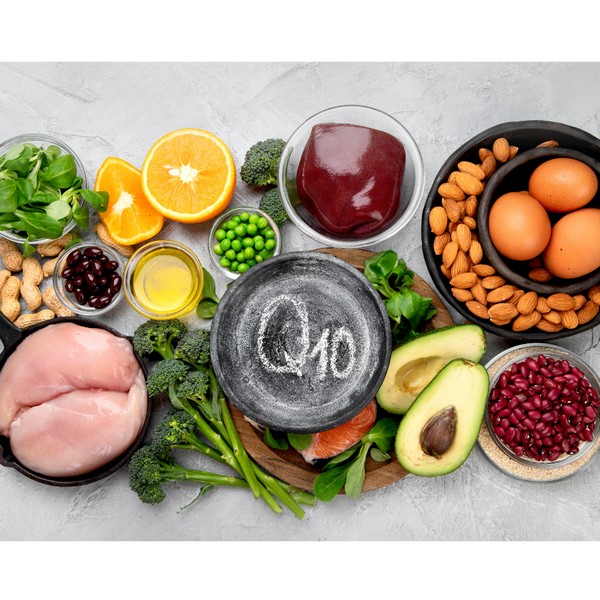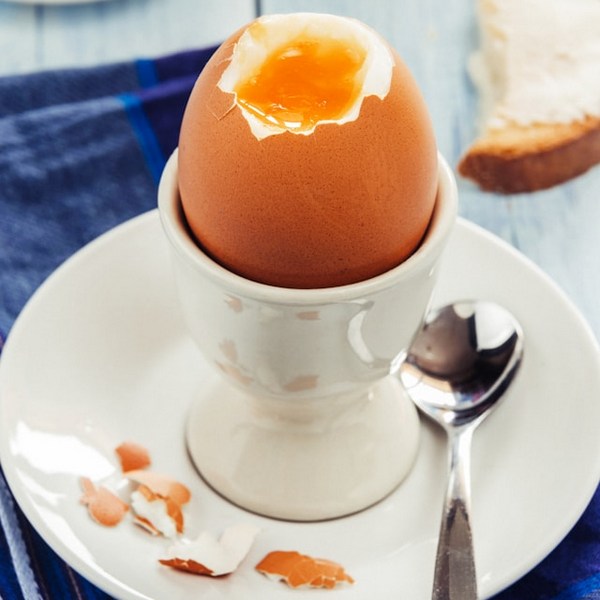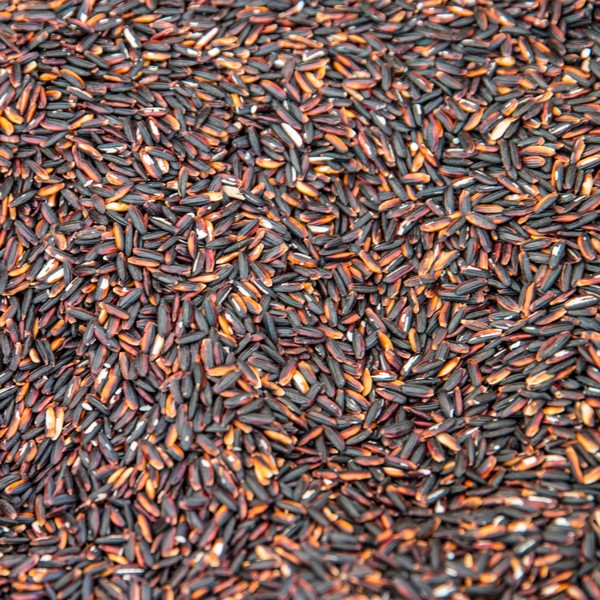Key Takeaways
- Postbiotics 101: They’re beneficial by-products from probiotics that consume prebiotics
- Boosts Immunity: Postbiotics sharpen your immune system, helping fight off pathogens and reducing inflammation.
- Improves Digestion: They maintain gut health, enhancing nutrient absorption and reducing discomfort.
- Reduces Inflammation: Postbiotics balance inflammatory responses, lowering disease risk.
- Prevents Diseases: Emerging research shows they might fend off obesity, diabetes, and heart disease.
- Found in Fermented Foods: Easily get them from kefir, yogurt, sauerkraut, kimchi, and tempeh.
Table of Contents
Probiotics and prebiotics are the dynamic duo often celebrated for contributing to gut health. Probiotics, the live beneficial bacteria, and prebiotics, the dietary fibers that feed them, have become household names, synonymous with good digestion and well-being. But there’s more to the story.
Postbiotics are the non-living byproducts of the fermentation process that occurs when probiotics feast on prebiotics. They might not sound as glamorous, but these powerful substances are emerging as key players in our health, with benefits that are just beginning to be understood.
Science validates these benefits, emphasizing the importance of our microbiome.
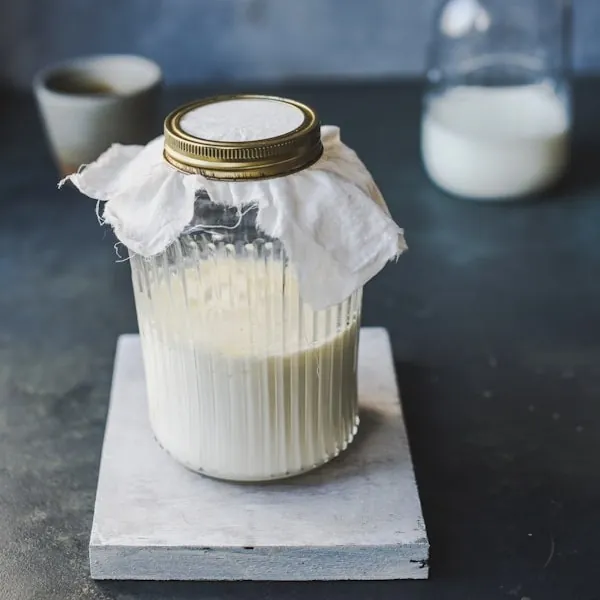
Understanding Postbiotics
Imagine your gut as a bustling kitchen where probiotics, the friendly bacteria, are hard at work preparing a feast. They chop, stir, and mix various ingredients (prebiotics) to create their special dishes. What’s left after this gourmet gala? The leftovers, or in scientific terms, postbiotics.
These are non-living substances produced when probiotics metabolize prebiotics. Unlike the living organisms that create them, postbiotics include a wide array of substances such as enzymes, organic acids, and more.
They are essentially the beneficial echoes of probiotics’ activities, contributing to our health without being alive themselves.
Types of Postbiotics
Just like there are countless dishes that can emerge from a kitchen, there are various types of postbiotics, each with its unique flavor of health benefits. Here are a few key players:
| Postbiotic Type | Description |
|---|---|
| Cell-Free Supernatants | Imagine a lively market where bacteria and yeast set up shop, selling their goods. The cell-free supernatants are like the mix of exotic spices and flavors left in the air after the market closes. This blend includes vitamins, amino acids, organic acids, and more, all with potential benefits like fighting off bad bacteria and boosting the immune system. |
| Exopolysaccharides | These are the architects of our gut city, creating safe, comfortable spaces for good bacteria to thrive. Picture them as custom-built homes for probiotics, helping to strengthen our gut barrier and protect against invaders. They’re also known for their role in maintaining hydration and supporting the immune system. |
| Short-Chain Fatty Acids (SCFAs) | These are the energy moguls of the gut, produced when fiber is fermented. SCFAs are like clean, renewable energy, fueling our gut cells and keeping the intestinal lining strong. They’re also VIPs in regulating inflammation and may even help in keeping our weight and blood sugar levels in check. |
| Bacterial Lysates | Imagine a recycling plant where beneficial bacteria are broken down into their core components. These bits and pieces are used by the body to stimulate the immune system, much like using recycled materials to fortify a building. |
| Enzymes | These are the skilled workers of the gut, speeding up chemical reactions to help digest food, unlock nutrients, and break down toxins. They’re like efficient factory workers, making sure everything runs smoothly and efficiently. |
| Cell Wall Fragments | Think of these as the remnants of ancient ruins, where even the broken pieces have stories to tell. These fragments can stimulate the immune system, acting as training grounds for our body’s defenses. |
| Lipopolysaccharides (LPS) | These are double agents. In small amounts, they can train the immune system, but in large doses, they’re known troublemakers, potentially triggering inflammation. They remind us that balance is key in the bustling city of our gut. |
Amino Acids
- Tryptophan: This is the serenity amino acid, a precursor to the neurotransmitter serotonin, which plays a role in regulating mood, sleep, and appetite. It’s like the body’s natural mood stabilizer.
- Arginine: Known for its role in healing and immune function, arginine is like the body’s repairman, also involved in nitric oxide production, which helps keep blood vessels dilated and blood flowing smoothly.
- Glutamine: This is the fuel for immune and intestinal cells, helping to maintain the integrity of the gut barrier. It’s akin to the body’s gut health promoter, ensuring the lining of our gut is strong and intact.
Vitamins
- Vitamin K2: Produced by certain bacteria in the gut, Vitamin K2 is like the guardian of bone health and blood clotting. It ensures that calcium finds its way to the bones rather than lingering in blood vessels.
- B-Vitamins: These are the multitaskers of the vitamin world, with roles ranging from energy production to creating new blood cells. For instance, certain gut bacteria produce Vitamin B12, a key player in brain health and DNA synthesis.
- Vitamin B7 (Biotin): Biotin acts like a beauty guru for cells, vital for maintaining healthy skin, hair, and nails. It’s also a cog in the machinery that metabolizes fats, proteins, and carbohydrates.
These metabolites underscore the complexity and sophistication of our body’s internal ecosystem. The production and utilization of these vitamins and amino acids illustrate the intricate dance between what we consume, the microbial life in our gut, and our overall health.
It’s a dynamic interplay where each nutrient plays a pivotal role, akin to individual musicians in an orchestra, each contributing to the symphony that is our health.

Each type of postbiotic plays a crucial role in the ecosystem of our gut, contributing to its health, defense, and function. Just like in a thriving city, diversity and balance among these characters are key to maintaining a vibrant and healthy environment.
How Postbiotics are Produced
The process of creating postbiotics can be likened to brewing a fine wine. Probiotics, the master brewers, ferment prebiotics, the raw ingredients, transforming them through a complex chemical process.
During this fermentation, a rich array of substances is produced, which we collectively call postbiotics.
It’s a natural process that occurs within our own bodies, utilizing the dietary fibers we consume as the starting material.
The Health Benefits of Postbiotics
Boosting Immune Function
Imagine your body’s immune system as an elite squad of defenders, tirelessly protecting you from invaders. Postbiotics are like the secret weapons supplied to this team, enhancing their ability to fend off unwanted guests.
By interacting with immune cells, postbiotics can help tune the body’s immune response, making it more efficient in dealing with pathogens while preventing overreaction that could lead to inflammation.
Supporting Digestive Health

The digestive system is a long, winding road, and maintaining its health is key to overall wellness. Postbiotics act as the road maintenance crew, ensuring that this pathway stays in top condition. They reinforce the gut lining, creating a strong barrier against harmful substances and pathogens.
Moreover, postbiotics aid in the digestion process by breaking down food components more efficiently, leading to better nutrient absorption and less digestive discomfort. It’s like having a team that not only fixes potholes but also improves the road’s overall quality.
Anti-inflammatory Properties
Inflammation is the body’s natural response to injury or infection, but when it goes unchecked, it can lead to various health issues. Postbiotics step in like the cool-headed negotiators in a heated debate, calming things down.
They can modulate the body’s inflammatory response, ensuring that it’s just right—not too weak to let threats go unchallenged, nor too strong to cause self-damage. This balancing act can help reduce the risk of chronic inflammation-related diseases, such as heart disease and certain cancers.
Potential in Disease Prevention
Emerging research suggests that postbiotics could play a role in preventing a spectrum of conditions, including obesity, diabetes, and heart disease. By influencing metabolism, enhancing immune function, and reducing inflammation, postbiotics may help keep these diseases at bay.
While research is still unfolding, the potential of postbiotics in disease prevention offers an exciting glimpse into the future of healthcare, where maintaining gut health plays a central role in keeping chronic diseases in check.
Sources of Postbiotics
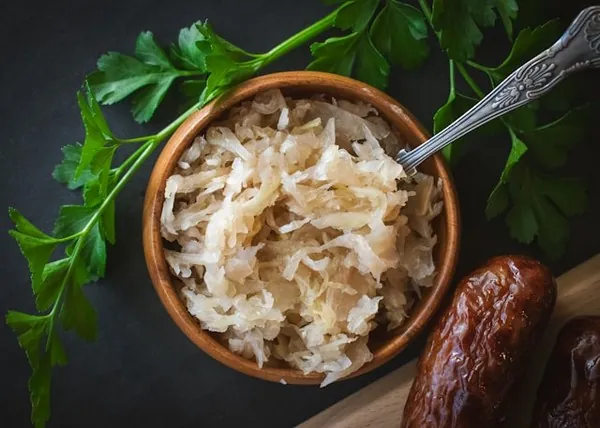
Dietary Sources
Here’s a list of culinary delights rich in postbiotics:
- Kefir: A tangy, fermented milk drink, kefir is brimming with postbiotics. Its diverse microbial culture makes it a superior source of various health-enhancing substances.
- Yogurt: This creamy delight is not just a probiotic powerhouse; it’s also rich in postbiotics, including lactic acid and bacteriocins, which contribute to gut health.
- Sauerkraut: Beyond its probiotic profile, this fermented cabbage is a source of organic acids and other postbiotic compounds that can support digestive health.
- Kimchi: This spicy Korean staple offers a complex array of postbiotics resulting from the fermentation of cabbage, radishes, and other ingredients.
- Tempeh: A fermented soybean product that’s not only a great source of protein but also rich in postbiotics, making it a favorite among vegetarians and health enthusiasts alike.
Each serving brings with it a host of compounds ready to support your gut health and overall well-being.
Supplements

For those looking to ensure a consistent intake of postbiotics or for whom dietary sources may be insufficient or unsuitable, supplements offer a convenient alternative. Postbiotic supplements are available in various forms, including capsules, powders, and liquids, each promising a direct dose of these beneficial compounds.
When choosing a postbiotic supplement, consider the following:
- Quality and Purity: Opt for products from reputable manufacturers that provide transparency about the strains and quantities of postbiotics contained.
- Specific Needs: Some supplements are designed with specific health outcomes in mind (e.g., immune support, digestive health). Choose one that aligns with your health goals.
- Consultation with a Healthcare Provider: Especially important for individuals with underlying health conditions or those taking other medications, to ensure the supplement won’t interfere with existing treatments.
Mitopure

Timeline Nutrition introduced Mitopure, a special nutrient that helps re-energize our body’s cells, making them work better as we get older. It focuses on a process that cleans and refreshes the tiny energy factories inside our cells, which is important to keep our cells healthy and prevent them from aging too quickly.
Urolithin A is the star ingredient in Mitopure. It’s a unique substance that encourages our cells to clean up and maintain these tiny energy factories, leading to healthier cells, stronger muscles, better skin, and more energy.
The team behind Mitopure includes experts in health and science, who are exploring how this nutrient can help us stay healthier as we age. Research shows that Mitopure is effective in making our muscles stronger and ensuring our body maintains a good level of energy, based on studies comparing it to natural sources like pomegranate juice.

Simply put, Mitopure aims to change the way we age, focusing on keeping our cells energetic and healthy.
Adding Postbiotics to Your Diet
Practical Tips
Boosting your intake of postbiotics doesn’t have to be a complex science. Here are some straightforward strategies to enrich your diet:
- Diversify Your Plate: Include a variety of fermented foods in your meals. Try adding yogurt to your breakfast, a side of sauerkraut to your lunch, and a glass of kefir as a refreshing evening drink.
- Experiment with Recipes: Fermented foods can be versatile ingredients. Use them to create interesting dishes, like using kimchi in your stir-fries or tempeh as a protein source in salads.
- Consider Supplements: If your diet is limited or you’re seeking specific health benefits, postbiotic supplements can be a valuable addition. Just remember to choose high-quality products.
Considerations for Different Health Needs
Everyone’s body is unique, and so are their health needs. Here’s how you can adapt postbiotic intake to various conditions:
- Food Sensitivities and Allergies: If dairy products are off the table, plant-based fermented foods like sauerkraut, kimchi, and tempeh are excellent alternatives.
- Digestive Disorders: Individuals with conditions like IBS may need to introduce fermented foods gradually to avoid triggering symptoms. Consulting a healthcare provider for personalized advice is always a wise move.
- Immune System Concerns: For those with compromised immune systems, consulting with a healthcare provider before introducing fermented foods or supplements is crucial, as some products may not be suitable.
Conclusion
The importance of a balanced gut microbiome cannot be overstated, with postbiotics playing a crucial role in achieving this harmony. Postbiotics might have been the unsung gut health heroes, but they deserve a spot in the limelight.
As we consider our gut health, it’s essential to think holistically. A diet that includes a balance of prebiotics, probiotics, and postbiotics is akin to providing a well-rounded education for our gut – nurturing it to become a thriving ecosystem that supports our overall health.
With research continuously shedding light on their benefits, postbiotics are becoming a focal point for improving human health. The quest to identify the minimal effective concentrations for key postbiotic biomarkers remains pivotal to harnessing their full potential.
Frequently Asked Questions
What are postbiotics?
Postbiotics are beneficial compounds produced when probiotics metabolize prebiotics. They include substances like enzymes, organic acids, and short-chain fatty acids that support gut health and overall wellbeing.
How do postbiotics benefit health?
Postbiotics can enhance immune function, support digestive health, exhibit anti-inflammatory properties, and may play a role in preventing diseases such as obesity, diabetes, and heart disease.
Can you get postbiotics from food?
Yes, postbiotics can be found in fermented foods such as yogurt, kefir, sauerkraut, kimchi, and tempeh. These foods are rich in health-enhancing postbiotic compounds.
Are postbiotic supplements necessary?
While not necessary for everyone, postbiotic supplements can be a valuable addition to your diet, especially if you have specific health goals or dietary restrictions that make it difficult to consume enough fermented foods.
How can individuals with dietary restrictions benefit from postbiotics?
Those with dietary restrictions can still benefit from postbiotics by choosing plant-based fermented foods or high-quality supplements that fit their dietary needs and consulting with a healthcare provider.
How do you incorporate postbiotics into your diet?
Incorporate a variety of fermented foods into your meals, experiment with incorporating them into recipes, and consider supplements if you’re looking for a specific health benefit or have dietary restrictions.
Research
Al-Asmakh, M., Anuar, F., Zadjali, F., Rafter, J. and Pettersson, S., 2012. Gut microbial communities modulating brain development and function. Gut Microbes, [online] 3(4), pp.366–373.
https://doi.org/10.4161/gmic.21287.
D’Amico, D., Andreux, P.A., Valdés, P., Singh, A., Rinsch, C. and Auwerx, J., 2021. Impact of the natural compound urolithin A on health, disease, and aging. Trends in molecular medicine, 27(7), pp.687-699.
https://pubmed.ncbi.nlm.nih.gov/34030963/
Toney, A.M., Fox, D., Chaidez, V., Ramer-Tait, A.E. and Chung, S., 2021. Immunomodulatory role of urolithin A on metabolic diseases. Biomedicines, 9(2), p.192.
Andreux, P.A., Blanco-Bose, W., Ryu, D., Burdet, F., Ibberson, M., Aebischer, P., Auwerx, J., Singh, A. and Rinsch, C., 2019. The mitophagy activator urolithin A is safe and induces a molecular signature of improved mitochondrial and cellular health in humans. Nature Metabolism, 1(6), pp.595-603.
https://pubmed.ncbi.nlm.nih.gov/32694802/
Cerdá, B., Periago, P., Espín, J.C. and Tomás-Barberán, F.A., 2005. Identification of urolithin A as a metabolite produced by human colon microflora from ellagic acid and related compounds. Journal of agricultural and food chemistry, 53(14), pp.5571-5576.
Ryu, D., Mouchiroud, L., Andreux, P.A., Katsyuba, E., Moullan, N., Nicolet-dit-Félix, A.A., Williams, E.G., Jha, P., Lo Sasso, G., Huzard, D. and Aebischer, P., 2016. Urolithin A induces mitophagy and prolongs lifespan in C. elegans and increases muscle function in rodents. Nature medicine, 22(8), pp.879-888.
Kang, I., Kim, Y., Tomás‐Barberán, F.A., Espín, J.C. and Chung, S., 2016. Urolithin A, C, and D, but not iso‐urolithin A and urolithin B, attenuate triglyceride accumulation in human cultures of adipocytes and hepatocytes. Molecular nutrition & food research, 60(5), pp.1129-1138.
Pfundstein, B., Haubner, R., Würtele, G., Gehres, N., Ulrich, C.M. and Owen, R.W., 2014. Pilot walnut intervention study of urolithin bioavailability in human volunteers. Journal of agricultural and food chemistry, 62(42), pp.10264-10273.
García-Villalba, R., Selma, M.V., Espín, J.C. and Tomás-Barberán, F.A., 2019. Identification of novel urolithin metabolites in human feces and urine after the intake of a pomegranate extract. Journal of Agricultural and Food Chemistry, 67(40), pp.11099-11107.
Heilman, J., Andreux, P., Tran, N., Rinsch, C. and Blanco-Bose, W., 2017. Safety assessment of Urolithin A, a metabolite produced by the human gut microbiota upon dietary intake of plant derived ellagitannins and ellagic acid. Food and Chemical Toxicology, 108, pp.289-297.
Aguilar-Toalá, J.E., Garcia-Varela, R., Garcia, H.S., Mata-Haro, V., González-Córdova, A.F., Vallejo-Cordoba, B. and Hernández-Mendoza, A., 2018. Postbiotics: An evolving term within the functional foods field. Trends in food science & technology, 75, pp.105-114.
Bogdanović, M., Mladenović, D., Mojović, L., et al. (2024). Intraoral administration of probiotics and postbiotics: An overview of microorganisms and formulation strategies. Brazilian Journal of Pharmaceutical Sciences.
https://www.scielo.br/j/bjps/a/S64FSmfrbLWT8yJbPxZH6pC/
Eladwy, R.A., Alsherbiny, M.A., Chang, D., Fares, M., & Li, C.G. (2024). The postbiotic sodium butyrate synergizes the antiproliferative effects of dexamethasone against the AGS gastric adenocarcinoma cells. ResearchGate. Link
Hernández-Granados, M.J. and Franco-Robles, E., 2020. Postbiotics in human health: Possible new functional ingredients?. Food Research International, 137, p.109660.
Homayouni Rad, A., Aghebati Maleki, L., Samadi Kafil, H. and Abbasi, A., 2021. Postbiotics: A novel strategy in food allergy treatment. Critical reviews in food science and nutrition, 61(3), pp.492-499.
Jacquier, E.F., van de Wouw, M., Nekrasov, E., et al. (2024). Local and Systemic Effects of Bioactive Food Ingredients: Is There a Role for Functional Foods to Prime the Gut for Resilience? Foods. Link
Jastrząb, R., Graczyk, D. and Siedlecki, P., 2021. Molecular and cellular mechanisms influenced by postbiotics. International journal of molecular sciences, 22(24), p.13475.
Jin, Y., Wu, J., Huang, K., & Liang, Z. (2024). Heat-Killed Saccharomyces boulardii Alleviates Dextran Sulfate Sodium-Induced Ulcerative Colitis by Restoring the Intestinal Barrier, Reducing Inflammation. Nutrients. Link
Khani, N., Noorkhajavi, G., Soleiman, R.A., et al. (2024). Aflatoxin Biodetoxification Strategies Based on Postbiotics. Probiotics and Antimicrobial Proteins. Link
Liang, B. and Xing, D., 2023. The current and future perspectives of postbiotics. Probiotics and Antimicrobial Proteins, 15(6), pp.1626-1643.
Mishra, B., Mishra, A.K., Mohanta, Y.K., Yadavalli, R., et al. (2024). Postbiotics: the new horizons of microbial functional bioactive compounds in food preservation and security. Food Processing and Nutrition. Link
Moradi, M., Kousheh, S.A., Almasi, H., Alizadeh, A., Guimarães, J.T., Yılmaz, N. and Lotfi, A., 2020. Postbiotics produced by lactic acid bacteria: The next frontier in food safety. Comprehensive reviews in food science and food safety, 19(6), pp.3390-3415.
Nataraj, B.H., Ali, S.A., Behare, P.V. et al. Postbiotics-parabiotics: the new horizons in microbial biotherapy and functional foods. Microb Cell Fact 19, 168 (2020).
https://doi.org/10.1186/s12934-020-01426-w
Rad, A.H., Abbasi, A., Kafil, H.S. and Ganbarov, K., 2020. Potential pharmaceutical and food applications of postbiotics: a review. Current pharmaceutical biotechnology, 21(15), pp.1576-1587.
Salminen, S., Collado, M.C., Endo, A., Hill, C., Lebeer, S., Quigley, E.M., Sanders, M.E., Shamir, R., Swann, J.R., Szajewska, H. and Vinderola, G., 2021. The International Scientific Association of Probiotics and Prebiotics (ISAPP) consensus statement on the definition and scope of postbiotics. Nature Reviews Gastroenterology & Hepatology, 18(9), pp.649-667.
Tsilingiri, K. and Rescigno, M., 2013. Postbiotics: what else?. Beneficial microbes, 4(1), pp.101-107.
Vinderola, G., Sanders, M.E. and Salminen, S., 2022. The concept of postbiotics. Foods, 11(8), p.1077.
Wegh, C.A., Geerlings, S.Y., Knol, J., Roeselers, G. and Belzer, C., 2019. Postbiotics and their potential applications in early life nutrition and beyond. International journal of molecular sciences, 20(19), p.4673.
Żółkiewicz, J., Marzec, A., Ruszczyński, M. and Feleszko, W., 2020. Postbiotics—a step beyond pre-and probiotics. Nutrients, 12(8), p.2189.
Benefits of Sea Moss Explained
Key Takeaways Rich in Nutrients: Sea moss is packed with essential vitamins, minerals, and antioxidants, supporting overall health and wellness. Supports Immune Function: Its high…
How Collagen Supports Healthy Skin, Joints, and More
Key Takeaways Collagen is the most abundant protein in the body, supporting the structure of skin, bones, and connective tissues. It helps maintain skin elasticity,…
Liver: 5 Surprising Benefits Backed by Science
Hold on! Don’t run away! You need to read this. Liver is a highly nutritious organ meat that is often overlooked in modern diets. Packed…
Conjugated Linoleic Acid (CLA): Benefits & Sources
Key Takeaways CLA is a type of fatty acid found primarily in animal products like beef and dairy. Known for potential benefits such as weight…
Red Palm Oil: Unveiling The Potent Health Benefits
Struggling to find the right oil for your health and kitchen? Red palm oil is packed with nutrients that might just be what you need….
Magnesium: Better Sleep, Stress Relief and More
Silica: for Healthier Skin, Hair, and Nails
Key Takeaways: Silica supports strong and healthy skin, hair, and nails. It promotes bone health by boosting collagen production. Silica helps improve joint flexibility and…
Whole Food Vitamin C Complex: Expert Tips for Health
Key Highlights Whole food vitamin C complex is essential for a strong immune system and overall health. Unlike synthetic ascorbic acid, whole food vitamin C…
Grains & Legumes Secretly Harming Your Health? Find Out Now!
Key Takeaways: – Grains and legumes contain antinutrients like lectins and phytic acid, which can interfere with nutrient absorption. – These foods may trigger digestive…
Taurine: The Mighty Amino Acid for Optimal Health
Key Takeaways Taurine supports heart health, regulates blood pressure, and reduces oxidative stress. Essential for muscle function, brain health, and cognitive function. Aids in insulin…
Medium Chain Triglycerides (MCTs): Uncovering 5 Health Benefits
This potent, natural source of energy has gained considerable attention in recent years for its impressive array of benefits. MCT oil is a versatile addition…
Iron Overload: Symptoms & Prevention Tips
Key Takeaways: Iron overload happens when the body absorbs excessive iron, which can damage organs. Common symptoms include fatigue, joint pain, and skin changes. Early…
TUDCA Benefits for Health
Key Takeaways TUDCA promotes liver health, aiding cell protection and repair. Enhances digestion by improving bile flow and supporting gut health. May protect brain health…
Do This! The Ultimate Guide to Fasting Safely and Effectively
In our increasingly busy lives, finding time to take care of our bodies can often take a backseat. One method that has gained attention recently…
Zinc Supplements: Risks and Dangers
Key Takeaways Zinc supports immunity, wound healing, and cell growth. High zinc supplement doses can cause health problems. Always consult a healthcare provider before taking…
Vitamin E Complex
Key Takeaways Vitamin E is a powerful antioxidant that protects cells from oxidative damage, reducing the risk of chronic diseases. The vitamin E complex includes…
13 Most Dangerous Foods Revealed
Key Highlights Fugu, or pufferfish, is one of the most poisonous foods in the world, with its organs containing a neurotoxin that can paralyze motor…
Eggs: A Comprehensive Guide
Key Highlights Eggs are a nutritional powerhouse, containing all the essential vitamins and minerals needed for overall health. Vital role in a balanced diet, providing…
Potassium: Benefits & Sources
Key Takeaways Potassium is essential for regulating fluid balance, nerve signals, and muscle function. It supports heart health and helps maintain proper blood pressure. Adequate…
Protein: You probably need more
Key Takeaways Protein is needed for building and repairing body tissues. It supports muscle growth, immune function, and hormone production. Bioavailable sources of protein include…
Berberine Has 11 More Incredible Benefits Than You Thought
Berberine is a compound found in several plants that has been used for centuries in traditional Chinese medicine and Ayurveda. It has recently gained popularity…
Trimethylglycine TMG: Betaine Anhydrous Explained
Key Takeaways Betaine Anhydrous (TMG) is a compound found naturally in various foods and offers several health benefits. TMG supports liver health by reducing fatty…
L-Carnitine: Benefits, Dosage, and Side Effects
Key Takeaways L-Carnitine supports fat metabolism and energy production. Benefits include enhanced exercise performance and improved heart health. Proper dosing minimizes potential side effects. Understanding…
Keto Diet 101: A Complete Beginner’s Guide
Key Highlights The ketogenic diet is a low-carb, high-fat diet that can lead to weight loss and has many health benefits. By reducing carbohydrate intake…
5 Major Benefits of Omega-3 Fatty Acids
Key Takeaways Omega-3 fatty acids support heart health by reducing triglycerides and lowering blood pressure. They play an important role in brain function and development,…
Is Eating Sugar Really That Bad For Your Health?
Should You Really Be Concerned? In short, YES! Thank you, that’s all folks, and do have a good evening. Seriously though, extensive research has established…
Healthy Fat: is Butter Better?
Key Takeaways Saturated fats, like those found in butter, may not be as harmful as once thought and can be part of a healthy diet….
Boron: Benefits of a Lesser-Known Mineral
Key Takeaways Boron is a trace mineral with significant health benefits. It supports brain function, bone health, and hormonal balance. Understanding boron’s role can improve…
8 Key Signs of Nutrient Deficiency
Key Takeaways Magnesium: A multitasker that aids in over 300 biochemical reactions in the body. Copper: Supports neurological function, cardiovascular and immune system health, iron…
Benefits of Nutritional Yeast
Key Takeaways Nutritional yeast is a rich source of vitamins and minerals. It supports immune function and promotes skin health. Its cheesy flavor makes it…
Carnivore Diet: Benefits, Risks, Food List & More
Key Takeaways The carnivore diet is a keto diet that only allows for animal-based foods, and has potential health benefits. Tips for success include hydrating,…
Vitamin A (Retinol): Essential Nutrient for Health
Key Takeaways: Natural Vitamin A, also known as Retinol, is crucial for vision, immune function, and skin health. Retinol is essential for healthy vision, particularly…
ALA vs. DHA & EPA Omega-3: Why Source Matters
Key Takeaways ALA (Alpha-Linolenic Acid) is found in flaxseeds, chia seeds, and walnuts, but converts poorly to DHA and EPA. DHA and EPA are critical…
Allulose: The Best Sugar Alternative
Increase GLP-1 Agonists Naturally
Key Takeaways: GLP-1 agonists regulate appetite, insulin production, and blood sugar levels. Regular exercise and quality sleep maintain optimal GLP-1 levels. High-protein, low-carb diets effectively…
5-HTP: Natural Ways to Boost Serotonin and Improve Mood
Key Takeaways: 5-HTP is a natural compound that helps boost serotonin levels in the brain. It can support mood regulation, sleep improvement, and stress reduction….
11 Electrifying Health Benefits of Trace Minerals
What are Trace Minerals?The Major Roles of Trace MineralsSources of Trace MineralsDeficiencies in Trace MineralsThe Impact of Trace Minerals on Specific Health ConditionsFrequently Asked Questions…
Actual Superfoods: Real Foods You Should Be Eating
Key Takeaways Superfoods are nutrient-dense foods, offering essential vitamins, minerals, and fats. Prioritize high-quality sources for optimal nutrition. They support overall health, boost energy, and…
Tallow: Benefits, Uses, and Nutrition
Key Takeaways: Tallow is a nutrient-rich animal fat with many practical uses. It contains valuable vitamins such as A, D, E, and K. Tallow is…
The Impact of Ultra-Processed Foods on Your Wellbeing
Every bite we take is a step toward either wellness or illness. In our fast-paced world, ultra-processed foods have become a staple, silently shaping our…
L-Glutamine and Gut Health: Benefits and Side Effects
Key Takeaways L-Glutamine is essential for gut health. Benefits include improved digestion and reduced inflammation. Potential side effects are rare but can occur in high…
Creatine Myths Debunked: Separating Fact from Fiction
Key Takeaways Common myths about creatine, such as it causing kidney damage, weight gain, and being a steroid, are widespread but unsupported by scientific evidence….
Copper: Little-Known Health Benefits
Key Takeaways Copper is an essential trace mineral with benefits, including ceruloplasmin production, energy production and antioxidant properties. Copper is critical for brain health by…
CoQ10: What Is It and Why Is It Important?
Key Takeaways CoQ10 (Coenzyme Q10) is an antioxidant produced by the body, essential for energy production in cells. Levels of CoQ10 naturally decrease with age…
Cholesterol Misconceptions: Separating Fact from Fiction
Key Takeaways: High inflammation and blood pressure are major risk factors for heart disease. Cholesterol is vital for hormone production, cell membrane structure, and digestion,…
Natural Treatment for Irritable Bowel Syndrome (IBS): Effective Remedies Explored
Understanding IBSSymptoms of IBSRole of Diet in IBSNatural Remedies for IBSSupplements for IBSRole of Probiotics in IBSFrequently Asked Questions Understanding IBS Irritable Bowel Syndrome (IBS)…
Calcium Supplements: What You Need to Know
Key Takeaways Calcium supplements have been linked to heart disease and kidney stones. Excess calcium from supplements can lead to imbalances and health issues. Natural…
What You Need to Know About Salt and Your Health
Table of ContentsThe Health Benefits of Unrefined Sea SaltElectrolyte BalanceMineral ContentImproved HydrationBoosted Energy LevelsImmune SupportImproved DigestionBalanced pH LevelsReduced Water RetentionHeart Health SupportStronger Bones and TeethEnhanced…
Spirulina: Health Benefits and Uses
Key Takeaways Spirulina boosts immune function with its high nutrient content and antioxidant properties. Rich in proteins and essential vitamins, enhances overall nutrition. Helps reduce…
How Stabilized Rice Bran Supports Digestive & Heart Health
Key Takeaways – Stabilized rice bran is a nutrient-rich source of vitamins, minerals, and antioxidants. – The stabilization process prevents rancidity, making it a long-lasting…
How Cod Liver Oil Can Transform Your Health and Wellness
Cod liver oil has been used for centuries as a natural remedy for various health conditions. Packed with essential nutrients and fatty acids, cod liver…
6 Best Natural Ways to Manage Your Blood Sugar: A Quick & Easy Guide
1. Intermittent fasting2. Exercise3. Dietary fiber4. Sleep5. Weight loss6. SupplementationBioclinic NaturalsPGX BiotiquestSugar Shift Every time you eat it, it’s plotting something sinister. Sugar isn’t as…
Bee Pollen: Nature’s Secret Superfood
Key Takeaways Bee pollen is packed with essential nutrients and offers numerous health benefits. It supports immune function, boosts energy, and promotes overall well-being. Adding…
